Can the latest home-brewing tech really produce a brewery-beating pint? T3 reaches for our Beer Baron hat to find out...
We're on a mission to produce a better and cheaper craft beer using the best new homebrew gadgets
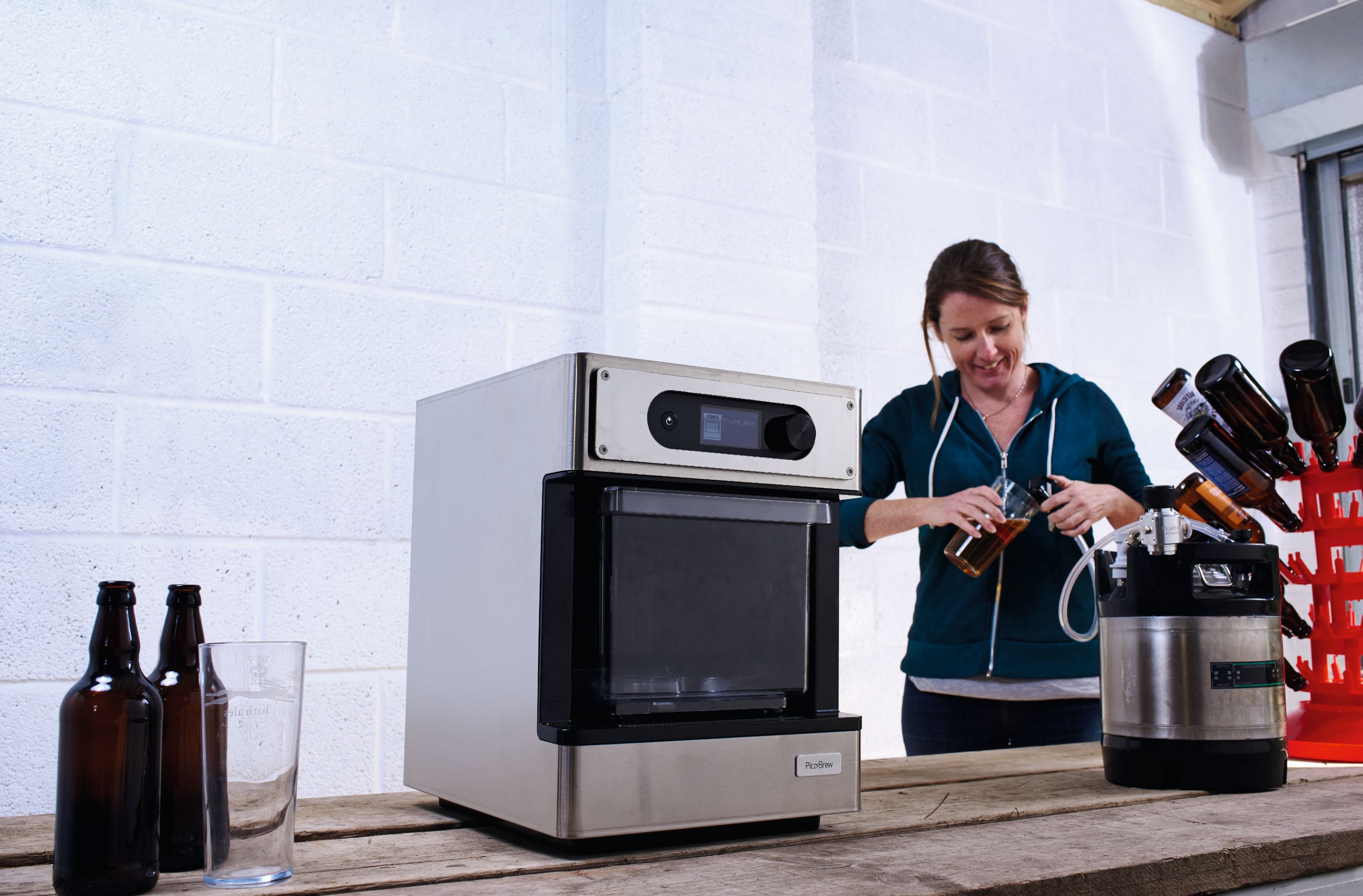
Let’s face it. Brewing a perfectly crafted beer from your own home isn’t as easy as it looks. Nailing the mash. Calculating volumes. Getting your head around grains, hops, yeasts and how they work together. It’s an intimidating science – and that’s before you even get into the business of water profiling or fermentation temperatures.
But when you get it right, pouring a pint of delicious homebrew from a keg in your kitchen is unbeatable. So when T3 challenged us to test a machine that promised to craft perfect beer – without the complex equipment, techniques and clean-up – we were quite curious. Could a countertop gadget really create a tastier brew at just the push of a button?
Art over science
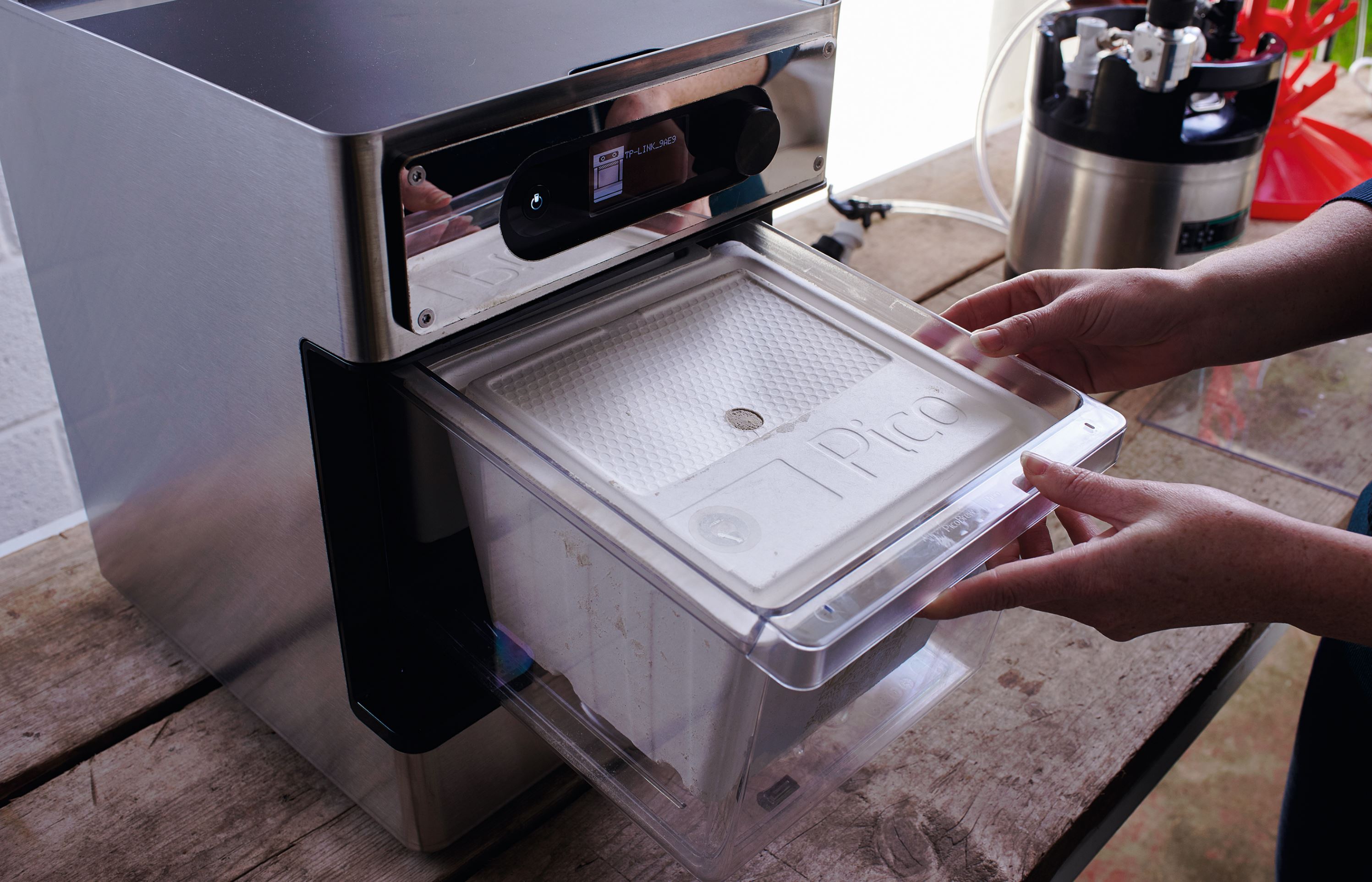
SKOL! Try distilling whiskey or gin instead of beer
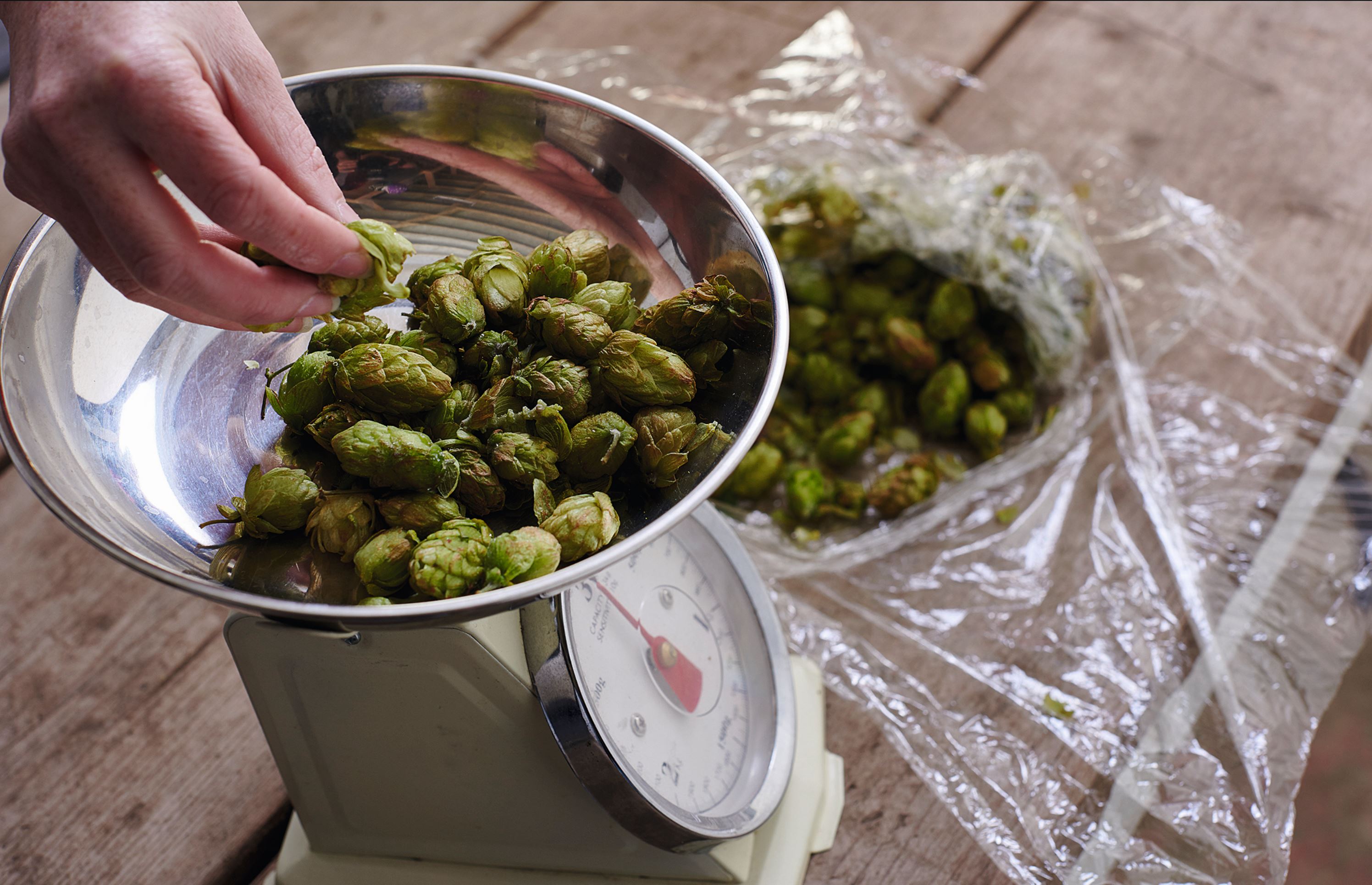
Sure, brewing beer is pretty cool. But what if you wanted to distil your own whiskey, vodka or gin? (With a license, of course.) That’s where PicoBrew’s latest gadget comes in. Billed as “the ultimate accessory for homebrewers and craft distillers”, the PicoStill is a distilling attachment designed to fit onto the newest Pico model, the Pico C – but is compatible with any Pico, happily. According to PicoBrew, it’ll produce 500ml of spirits from a five-litre source - including vodka, whiskey, bourbon, gin, brandy and schnapps.
The PicoStill is also geared up to extract the essence of hops and other oils, and imbue food and beverages with their distinct flavours. It isn’t out yet - but you can pre-order the PicoStill for $249, with shipping expected February 2018.
To find out, we create two batches of IPA over a weekend: the first using US firm PicoBrew’s $799 precision brewing appliance Pico Pro; the second using time-honoured homebrewing methods.
With the Pico Pro, it’s certainly easier. The machine automates the key stages of the brewing process, letting you craft five litres of beer in your kitchen in about two hours, using ready-to-brew $20 PicoPaks – pre-measured sachets of grains, hops and yeasts from more than 160 breweries around the world. Want to make your own? You can – well, sort of – by adding custom ingredients to a selection of base recipes through PicoBrew’s Freestyle program. (There’s only one choice of yeast though, and limited hops.)
Initial set-up of the Pico Pro is a five minute affair, involving little more than removing the packaging, plugging it into a socket, connecting to Wi-Fi and registering online. Despite being labelled a ‘countertop’ machine, it doesn’t actually fit under the cabinets on our kitchen counter, but a swift location change – and a 10-minute pre-rinse later – and we’re ready to go.
The good news is that it’s easy to operate. I place the PicoPak into the machine – each one has a RFID chip on top, enabling the Pico Pro to identify it – and add water. We’re making an Imperial IPA, Stingray, from San Diego-based microbrewery Coronado Brewing Company, so I use the control knob to set the alcohol content to 7.9 per cent (crikey) and bitterness to 48 IBU (international bettering unit), and hit start. That’s it. The machine heats the water, runs it through the pack and whips up a batch of wort in just a few hours, letting us watch its progress using the online tracker.
Precision instrument
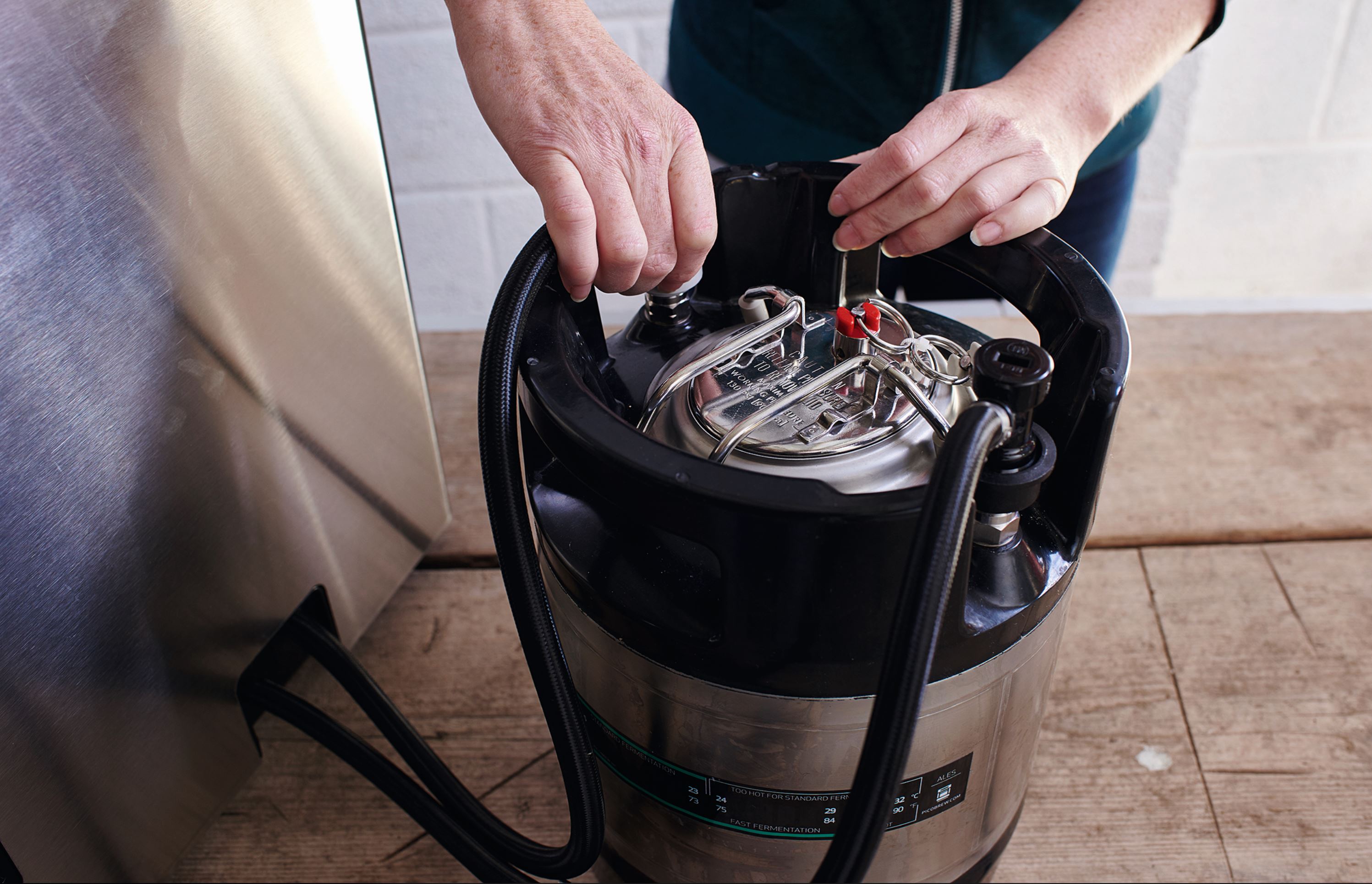
This is truly liberating. We’ve been homebrewing for a few years now, and the biggest challenge is maintaining control over the temperature. Get it wrong and you’re scuppered. You won’t get the predicted conversion of sugars from the grain, which will affect the alcohol content, and the taste.
Get all the latest news, reviews, deals and buying guides on gorgeous tech, home and active products from the T3 experts
With the Pico Pro, it’s reassuring to know the optimum temperature is being maintained throughout. And though it doesn’t tell you which hops are going in at which stage, it does walk you through each step of the brew process with a clarity that would be useful to beginners. The best part? It slashes the physical brewing process from four hours to two, and you don’t have to baby-sit the beer – turn the Pico Pro on and forget about it.
The machine heats the water, runs it through the pack and whips up a batch of wort in just a few hours
We don’t forget about it, though. Because it’s loud. Very loud. This isn’t a machine that’ll let you quietly brew without the rest of the household knowing about it. But it can be left alone, so with an unexpected free Saturday evening ahead, we leave the Pico whirring away and hit the pub.
The next morning, the wort has cooled overnight in the Pico Pro’s keg, so I add a yeast packet and leave it to work its magic. Meanwhile, Andy preps the traditional brew. Suffice to say, it’s a more laborious process.
He calculates the volume of ingredients we’ll need for our homebrew IPA recipe, as well as the predicted alcohol content, IBU and gravity. To make the mash, we need to heat the water to 66 degrees. However, we’ll need to hit 74 degrees to compensate for the cold grain we’ll be adding – and maintaining the mash temperature is a notoriously tricky task. Enter ETI’s SuperFast Thermapen 4 digital thermometer. It gets to work quickly, giving a reading in just three seconds, and the handy 360-degree self-rotating display makes it easy to record the data from any angle.
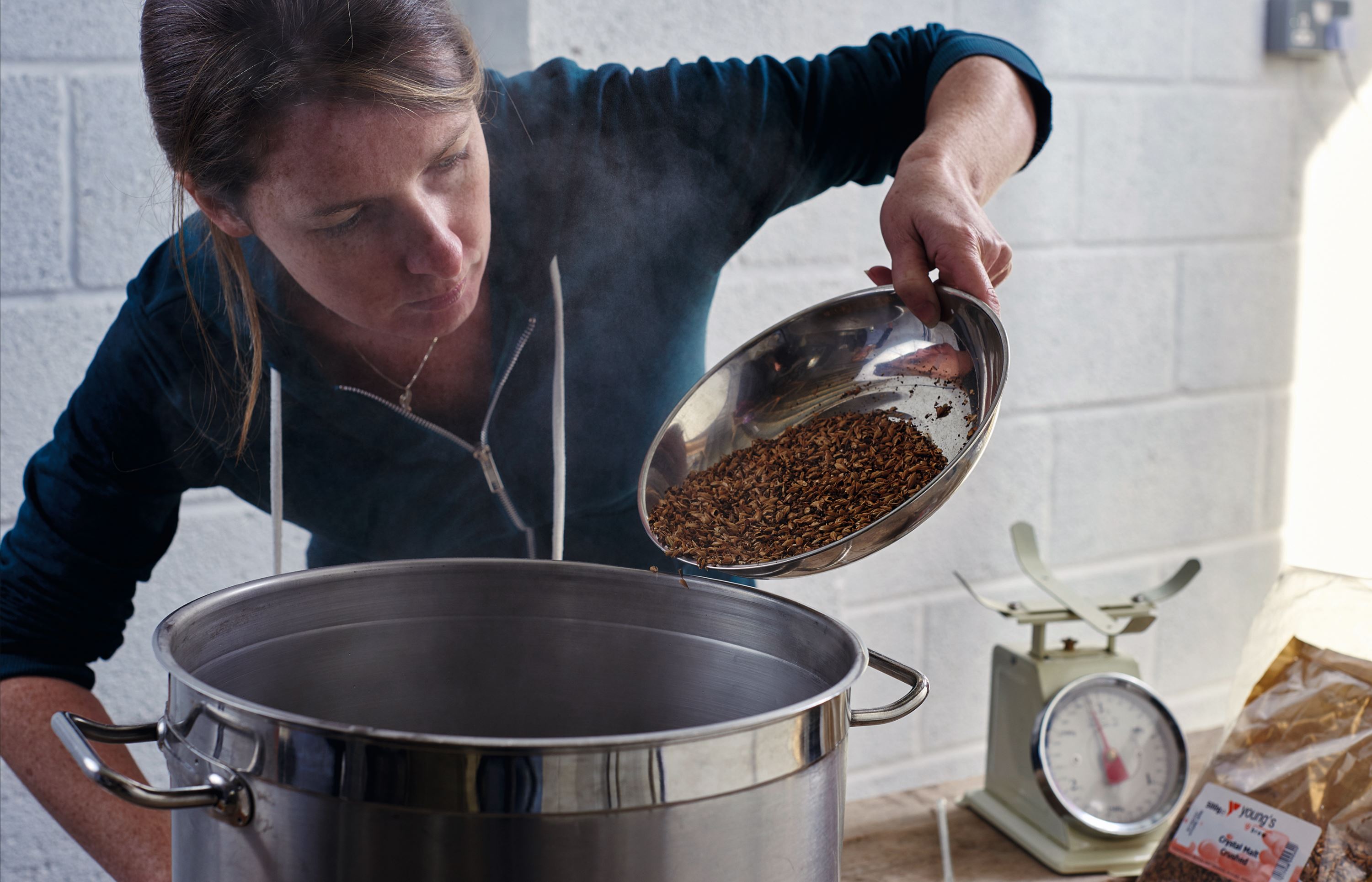
An hour and a half later, the mash is done. Andy sparges the grains, commences the boil, and adds the different hops at various stages over the next hour and 15 minutes. (It’s worth noting that he’s been sterilising the kit at every stage after the boil - unlike with the Pico, which is a self-sterilising machine.)
When Andy’s done, he runs cold water through a 7.6m Copperhead Immersion Wort Chiller to cool the wort to pitching temperature. We’re in the danger zone, here: this is where the wort is most susceptible to bacterial contamination, so we need to bring the temperature down to 20°C as quickly as possible. Fortunately, the Copperhead handles it like a pro, reducing the temperature in a fraction of the time an ice bath would take (and with a lot less mess).
The IPA we brew is cracking – it’s light and fruity and has a pleasing malty sweetness
Andy transfers the wort into a 30L FastFerment Conical Fermenter – a new style of fermenter that enables primary and secondary fermentation in the same container. This cuts out the need for transfers and racking, giving a cleaner fermentation with less risk of oxidation or infection. Neat.
Next, Andy tests a sample of the beer for gravity. Our wort density is looking a little low, indicating that the alcohol content will be less than we expected. A quick aeration later using the BrewFerm Wort Aeration Set to add oxygen to the brew, and we’re ready to pitch the yeast. To ferment for the next two weeks, we strap on Mangrove Jacks’ Dual Temperature Controller. This is a handy device that uses a heat belt or heat pad to control the fermentation temperature of your beer – it’s especially useful if you’re brewing during a colder time of year.
The Pico Pro provides a serving keg and tap, and the ability to force-carbonate your beer makes the process faster. By contrast, Andy spent an hour spilling beer everywhere while bottling his batch with a siphon.
Drinking games
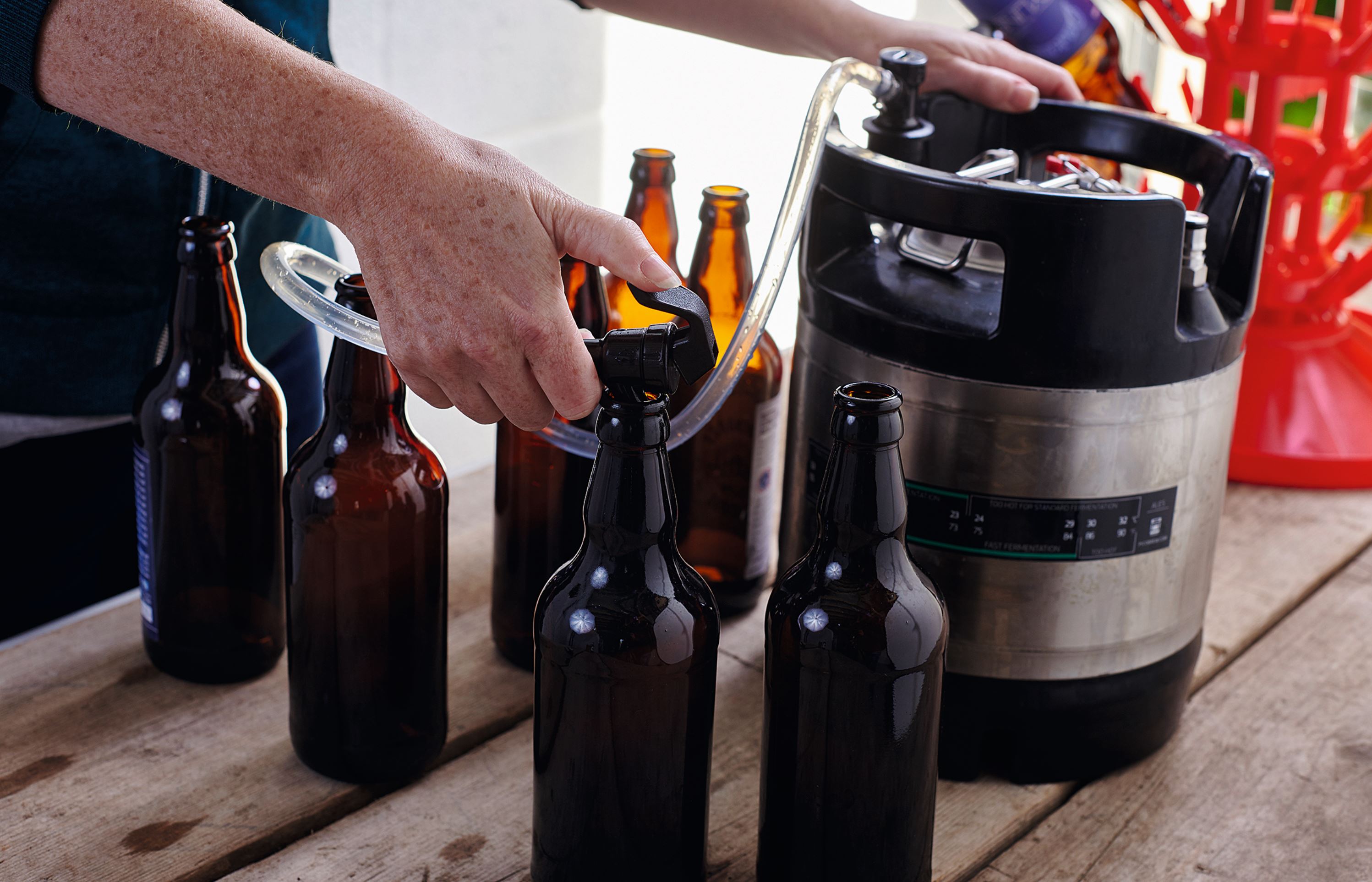
So which tastes best? The Pico’s Stingray is fantastic: it’s citrus-fused, with floral overtones and a lovely texture. Our IPA is cracking, too. We’ve halted the carbonation process early on this one for the sake of the test, but it’s light and fruity and has a pleasing malty sweetness that will continue to develop.
At $20-30 per PicoPak, the Pro doesn’t make a cheaper pint than our homebrew (some quick backof- a-coaster maths puts a pint of Stingray at £1.80, while our IPA comes out around £0.85). But it is cheaper than the pub. And where the Pico does win is on ease of use. Sure, it doesn’t get the pint in your hand any faster – fermentation takes time – but the automation of the wort is dramatically quicker, the complete control offered is mind-blowing, and the self-cleaning aspect is helpful.
Is the Pico Pro the holy grail of home brewing? No. If you’re looking to experiment with your own, unique recipes and gets hands-on with the science and art of homebrewing, it isn’t for you. But if you’re just after a quick, easy way to pour pints of tasty craft beer from around the world in your own kitchen, the Pico Pro is an astounding piece of tech.
- All that homebrewing is hard work. Have a glass of whiskey to celebrate

For 25 years T3 has been the place to go when you need a gadget. From the incredibly useful, to the flat out beautiful T3 has covered it all. We're here to make your life better by bringing you the latest news, reviewing the products you want to buy and hunting for the best deals. You can follow us on Twitter, Facebook and Instagram. We also have a monthly magazine which you can buy in newsagents or subscribe to online – print and digital versions available.
